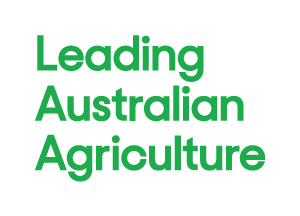The National Farmers’ Federation (NFF) has today called for the Government to ensure greater investment in infrastructure and water efficiency measures after finding that the cuts to agriculture under the proposed Murray-Darling Basin Plan are higher than stated.
“The proposed Murray-Darling Basin Plan states that a cut of 2,750 gigalitres is a 25 percent reduction in water use across the Basin,” NFF President Jock Laurie said.
“We know that total water use in the Basin only accounts for one-third of all the water in the system, with the other two-thirds currently going to the environment. That means that all the cuts under the proposed Plan have to come from that one-third.
“That one-third includes all the water used by towns, industry, recreation, unregulated water use and agriculture, yet the cuts under the proposed Plan are only going to come from agriculture. The other water uses are not targeted for water recovery – only our farmers are.
“There is no doubt that agriculture is set to be the big loser under the Plan, which means regional communities are also going to suffer. If all the cuts to the Murray-Darling Basin are directed at our food and fibre production, then the amount of water available to agriculture will not reduce by 25 percent, as the Murray-Darling Basin Authority has stated – but rather 33 percent.
“That means that one-third of agricultural production in the Murray-Darling Basin – one-third of food and fibre production – will be affected. To put this in real terms, the ABS last week released the gross value of irrigated agricultural production in Australia, which equals $4.4 billion in the Basin. That’s $4.4 billion worth of food and fibre produce, and the jobs and regional communities that this production sustains.
“The Government has two options: they can reduce water through improved infrastructure and water efficiency measures for farms and communities, or they can buy the water back out of the agricultural production system. If they choose the latter, this would equal a reduction in food and fibre production from this region of around $1.6 billion dollars, at the exact time that Australia’s farm output needs to grow in order to meet the growing needs of the population.
“Minister Burke and the Government must find a way to get more water to the environment without compromising our ability to get food on Australian plates or fibre into our clothing, and without negatively affecting the jobs and communities that we support in regional Australia.
“This means investing now in productivity through infrastructure and water efficiency measures, plus a commitment to increased research, development and extension.
“The Government must work with industry and communities to drive these solutions, rather than the win-lose scenario painted by the proposed Plan,” Mr Laurie said.





Add comment